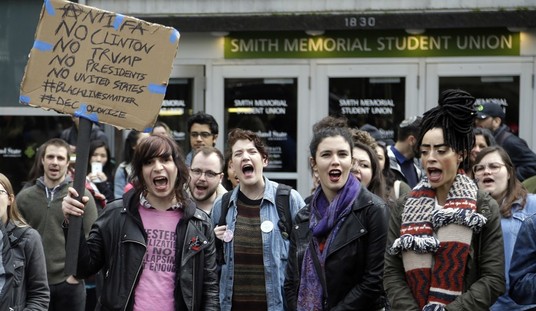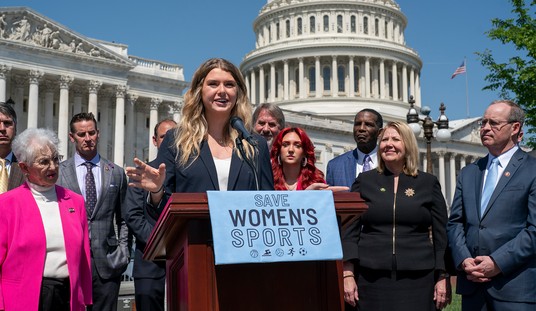Earlier this year San Francisco declared a state of emergency in the Tenderloin district. Part of that effort involved the creation of a new “linkage center” so named because it was intended to link the homeless and drug addicts on the streets to needed services:
Today, Mayor London N. Breed announced the City has entered into a lease for a new Linkage Center as part of its Tenderloin Emergency Initiative. This new Linkage Center is a services-focused location where people can voluntarily find respite from the streets and gain access to a wide variety of resources from the City and its partners.
The Linkage Center, authorized under the powers of the State of Emergency Declaration, is scheduled to open by mid-January, which is months sooner than if the Declaration had not existed.
Shortly after it was set up, Michael Shellenberger wrote that the Linkage Center had become the city’s leading open-air drug market:
The city is running a supervised drug consumption site in United Nations Plaza—just blocks away from city hall and the opera house—in flagrant violation of state and federal law. (Two weeks ago, my colleagues and I broke the story. The San Francisco Chronicle confirmed our reporting.) There, city-funded service providers supervise people smoking fentanyl and meth they buy from drug dealers across the street.
The police do nothing. Indeed, the mayor, through the Department of Emergency Management and the Department of Public Health, is running the site.
The city is carrying out a bizarre medical experiment whereby addicts are given everything they need to maintain their addiction—cash, hot meals, shelter—in exchange for . . . almost nothing.
By June, Mayor London Breed announced that the linkage center would be closing:
Unveiled as a cornerstone of Mayor London Breed’s Tenderloin Emergency Initiative and considered by many to offer life-saving services, the overdose prevention center at 1172 Market St. opened in January as a one-stop-shop to connect people to addiction treatment and housing.
The center was closed off to the media until recently, and has drawn scrutiny for allowing on-site drug use and its rate of success at linking people with treatment. However, The City has noted the center serves about 400 people a day and offers them a warm meal, shower and safe space off the street.
The Tenderloin Center’s lease extension expires at the end of 2022, and The City does not intent to renew it, the mayor’s office confirmed Thursday. Breed’s budget proposal includes funding for the Tenderloin Center only through the end of the year.
The center’s last day was Sunday. So did it accomplish anything? The San Francisco Chronicle reports the answer is that it was a mixed bag at best. It may have helped a few hundred homeless people get through the day but there’s not much evidence it had an impact on homelessness overall.
The site saw more than 100,000 visits; provided thousands of meals, showers and loads of laundry; and helped more than 1,000 people get into housing or shelter. But nearly a year later, the center’s closure points to the difficulty in meaningfully addressing the city’s drug crisis, with fatal overdoses on track to nearly match last year’s numbers. While center staff reversed more than 300 overdoses, fewer than 1% of visits resulted in linkages to mental health or drug treatment…
Breed still faces the same problems that prompted her to open the center — fatal overdoses, open-air drug use and dealing. While she has poured money into programs helping people on the streets who are mentally ill and struggling with addiction, she has said she’s constrained by state laws that limit forcing people into treatment…
The center prompted complaints from business owners, workers and residents who argued it created an open-air drug scene and lines of people along Market Street. Criticism of the center continued this month after The Chronicle first reported that the city spent $500,000 on a study about the center’s impacts. The study found the site saved lives and that visible signs of homelessness and drug activity decreased in a 500-foot radius around the center during the day compared to 2019.
People who live and work in the area said the findings didn’t square with reality. A UC Hastings employee, whom The Chronicle agreed not to name in accordance with its anonymous source policy, said the situation has worsened since before the pandemic.
The city spent $22 million on this experiment for one year but helping out 400 people is just a tiny drop in the bucket in San Francisco where the homeless population is estimated to be around 20,000. I guess Breed deserves some credit for trying but there’s really not a great solution for dealing with thousands of people whose chief aim in life is to get high every day for as long as they live.








Join the conversation as a VIP Member